Server Market Shrinks In The First Quarter: 10 Takeaways From IDC's Market Share Report

Server Revenue Continues To Slide On Weak Demand
The server business continues to contract in the first quarter of 2014 with a 2.2 percent dip in revenues, according to IDC server market share data released late Wednesday. Revenue is down for the fifth consecutive quarter as high-volume sales of commodity servers supplant midrange and high-end servers.
Here are the top 10 takeaways from IDC's latest market share data report.
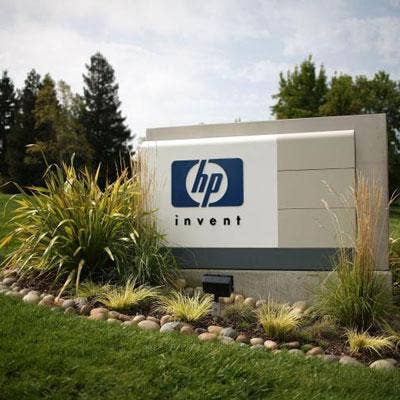
Server Share Horse Race: And The Winner Is?
Hewlett-Packard retained its No. 1 spot as worldwide server market leader with 26.5 percent factory revenue share in the first quarter.
The company's server revenue fell in the quarter by 2 percent year-over-year because of continued weakness in Itanium-based Integrity server revenue, according to IDC. On the bright side, HP has experienced consistent demand for x86-based ProLiant servers.
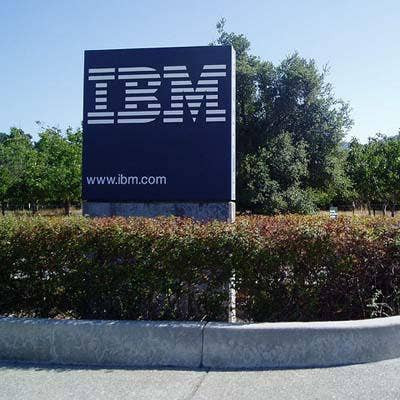
Big Blue Sings The Blues With 25 Percent Market Share Decline
IBM held the No. 2 position with a smaller market share of close to 19 percent, after a year-on-year decline in revenue of 25.4 percent compared to the previous year, according to IDC.
IBM's sinking revenue, IDC said, is a result of poor demand for IBM's x86-based System x servers and System z mainframes, which declined sharply year-over-year.
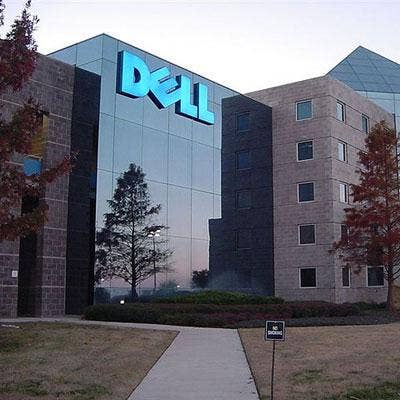
Dell Sees Year-Over-Year 3.2 Percent Slip In First Quarter
Dell retains the third spot in market share revenue with 18 percent of the pie. Dell's factory revenue declined 3.2 percent in the first quarter compared to the same time period in the previous year.
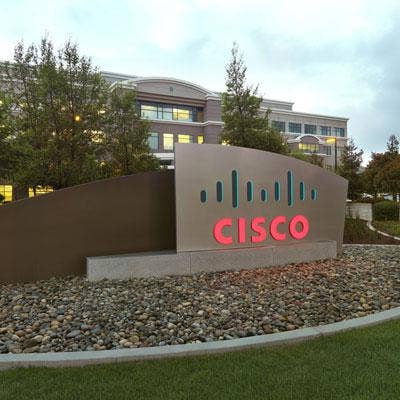
'Other' Server Makers Make Revenue Gains
Other server makers, including Cisco, Fujitsu and Oracle, fared better, with each reporting revenue growth. Each of the three manufacturers, according to IDC, were tied for the No. 4 position with 5.7 percent, 5 percent and 4.9 percent factory revenue share, respectively.
Cisco's server revenue increased 37 percent compared to the first quarter, gaining 1.6 points of market share. Oracle's factory revenue was up 1.9 percent year-over-year.

Server Shipment Numbers Up
According to IDC, year-over-year server unit shipments were up 2.1 percent in the first quarter to 2.1 million units. IDC attributes the uptick to investments in hyperscale data center capacity being offset by consolidation.
In the first quarter, this "continued to be a strategic focus for many large and small customers around the globe,’ wrote IDC.
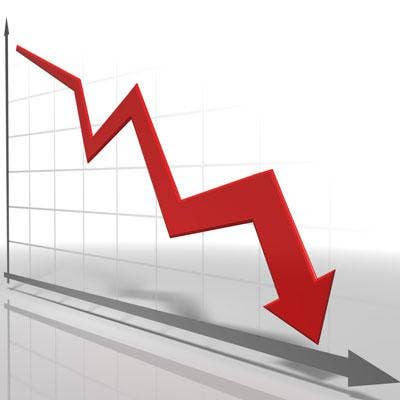
Midrange And High-End Servers Put Damper On Larger Server Market
The highest fall in revenue was in high-end systems, which dipped by about 25.6 percent year-over-year, while midrange systems had a 4.8 percent revenue decline in the first quarter.
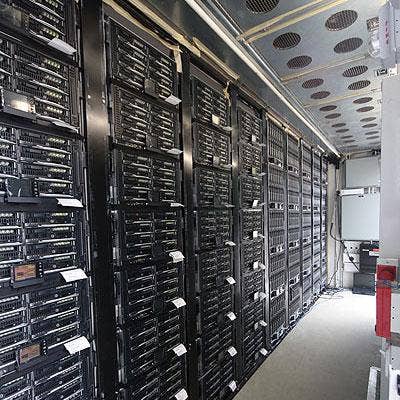
Volume Systems See Growth Spurt
Volume systems experienced 3.9 percent revenue growth year-over-year, according to IDC. This was the fourth consecutive quarter that volume system demand increased year-over-year.
"The server market continues to be heavily influenced by the emergence of the 3rd Platform as mobile, cloud, big data, and social enablement drive significant hyperscale server deployments globally," wrote Matt Eastwood, group vice president and general manager for IDC's Enterprise Platforms group.
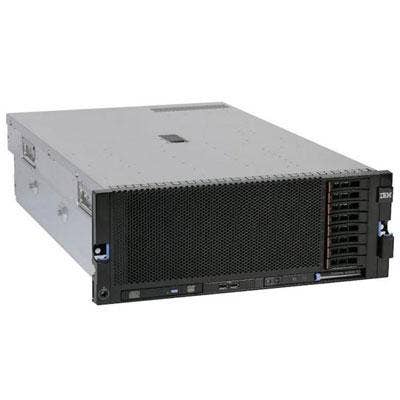
X86 Server Demand Improves
Demand for x86 servers improved in the first quarter, with revenues of $8.9 billion, representing an upswing of 4.9 percent compared to the previous year. X86 unit shipments also increased 2.5 percent to 2.1 million servers in the same time frame.
According to IDC, HP led the x86 market with 29.6 percent revenue share based on 0.4 percent revenue growth over first quarter 2013. Dell retained second place for x86-based systems, owning 22 percent of the revenue share.

Non-X86 Server Market Continues To Be Challenged
Non x86 servers experienced a revenue decline of 25.2 percent year-over-year to $2 billion, representing 17.9 percent of quarterly server revenue, wrote IDC. This marks the 11th consecutive quarter of revenue decline in the non-x86 server segment, according to IDC.
IBM leads the non-x86 market segment with 57.2 percent of the revenue share, following a year-over-year revenue decline of 31 percent.
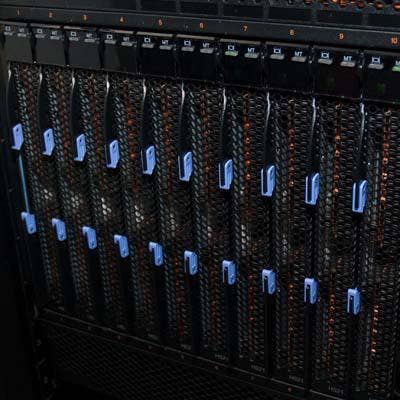
Blades Vs. Density Optimized Servers
Blade servers, which are highly leveraged in the enterprise's virtualized environments, increased 2.3 percent year-over-year to $2 billion, IDC reported. Blades now account for 18 percent of total server revenue. Density optimized servers, which represent 6 percent of all server revenue and 10.4 percent of all server shipments, saw weaker demand in the first quarter with unit shipments down 6 percent. Revenue for density optimized servers declined 10.8 percent year-over-year in the first quarter to $649 million.
"Market observers should not be fooled by the decline in density optimized server revenue this quarter," wrote Kuba Stolarski, research manager, servers at IDC. "This quarter's decline in density optimized sales is indicative of temporarily lower demand from one or two very large customers who utilize density optimized servers for particular workloads."